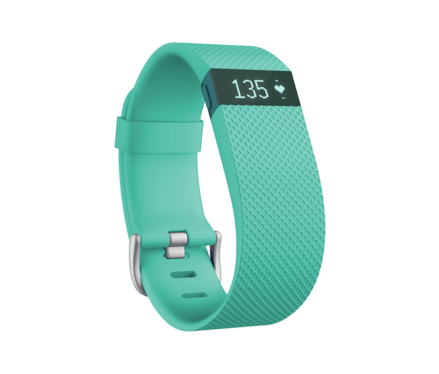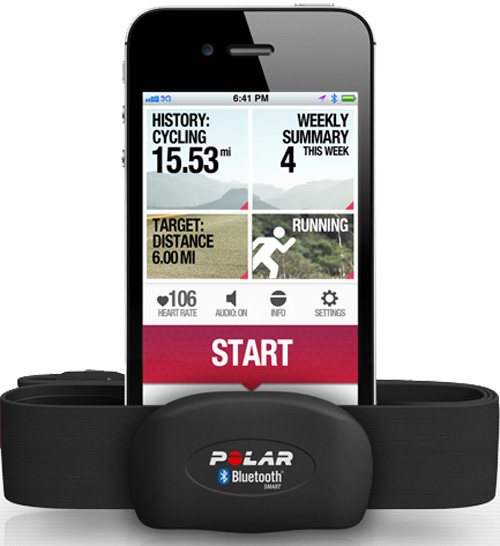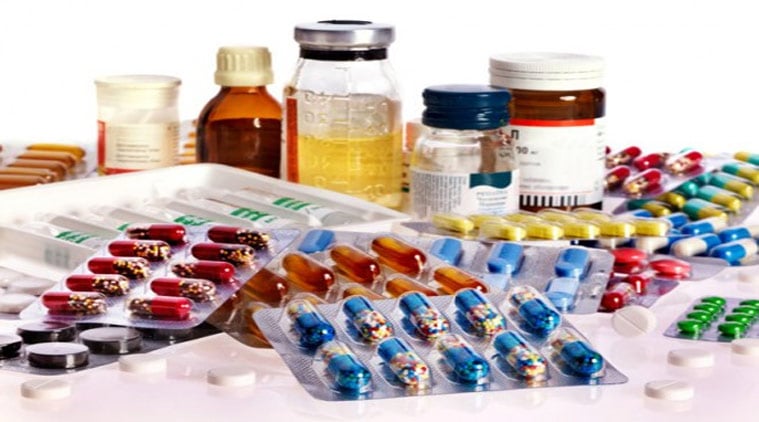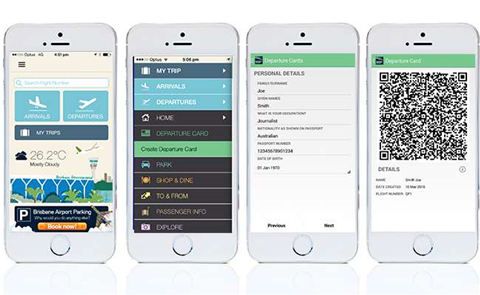DAY 1 – create a diary of when, why and what you use your mobile device for. Observe how others are using their mobile devices. What are the most common uses and where do you see these behaviors?
- My use of mobile devices
I use two mobile devices on a daily basis: my smartphone and my laptop
Thursday, September 8th.
First of all, I used my smartphone in the morning to wake up, then I checked my mails/ whatsapp messages. Since they didn’t need to be answered immediately, I didn’t respond to them.
Next time I used my phone was in public transport to listen to music. It lasted about 15minutes.
I continued using consistently my phone throughout the day for messaging.
While I was in class I kept my mobile phone within arms reach and I read the message I received but responded to them only if I had to.
I also used my smartphone for reminders and alarms during the day. This way I didn’t have to carry a physical planner and always had the information at hand.
I used my phone again for listening to music when I was walking back to my hall.
At night I went out for drinks, therefore I used my phone for calling a taxi using Grab, which is an app only available on mobile devices. I used it for gaining time (and money) because without a mobile phone I would have had to wait until a taxi came by and hail it.
I also used my phone for calling a friend back home late in the evening (via whatsapp).
As for my laptop, the use was not as consistant as for my phone. The reasing being that I use it mostly for the software which is on it (most of the software I use is not available on the library’s computers – infographic software for example). Therefore that day I brought my laptop, so that I could work during my free hours in the library. During that day I used it from 2pm until 6pm.
Furthermore I didn’t use my laptop during class, because the class required me to take manuel notes (calculations), therefore I used a notepad.
Common uses and behaviors
Concerning others, I noticed that behaviors varied with the location. For example in the library people seemed to put their smartphones aside while working, probably wishing not to be disturbed. In this case, it seemed like the only use of the smartphone was for music and so it was rarely picked up from the table.
In the public transports on the other hand, people seemed like they were trying to kill time so they spent a lot of time on their phone, mostly sending messages, playing on their phones and/or listening to music.
I encountered a very large number of people with the Pokemon Go app open on their phone (regardless of the location, I even saw so in the library).
Lastly and this surprised to some extent, I saw quite a few people taking selfies in the library (and not in a very discreet fashion  ), which is in my opinion quite an odd thing to do, since it’s a place to study and not really a place of entertainment.
), which is in my opinion quite an odd thing to do, since it’s a place to study and not really a place of entertainment.
From what I observed, regardless of the location, the most common uses for a smartphone seemed to be messaging (mostly whatsapp in Singapore), checking Facebook and listening to music.
For now these are the most common uses for smartphones but in the future, smartphone may even have more diversified uses such as paying, as we have seen with the development of Apple Pay and Android Pay
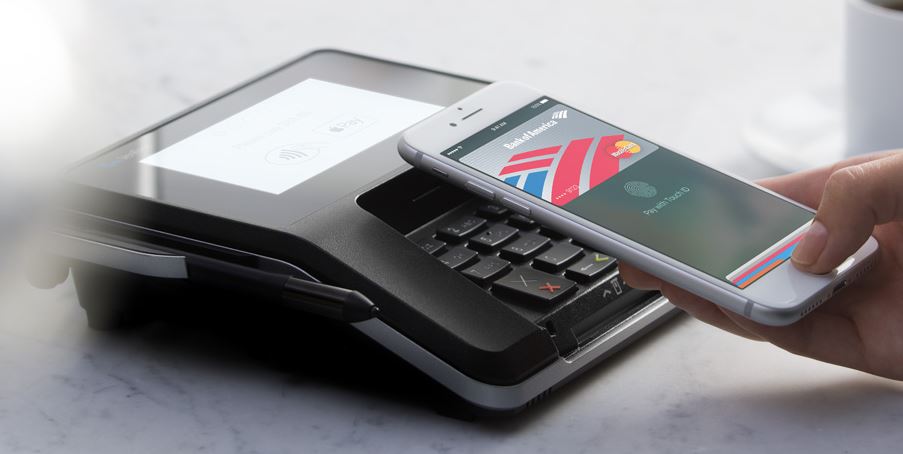
DAY 2 – Do not use your phone, computer or electronic device for 24 hours. Create a diary documenting and describing the difference in your behavior patterns. How did you do the things you would normally do with your phone? What other alternative behaviors did you develop? What else did you notice about the difference in behavior?
Friday, September 9th
On this day I didn’t use any of the mobile devices I mentioned earlier (mobile phone and laptop). However, it was only partly a choice. In fact, I was on a trip abroad (on the west coast of Java, in Indonesia), therefore I didn’t have my laptop on me and I also didn’t have any cell phone service.
The only electronic device I used during that day was a GoPro (a pocket action camera, which doesn’t have any screen interface). However as it is not a device I use everyday and as I wanted to capture some of what I visited, I considered that using this camera wouldn’t be in issue for this assignement.
During that day I carried a notepad to write things down whenever I thought of something noteworthy.
The first difficulty I had was for waking up. Fortunately I shared a hostel room with a friend so I relied on him to wake me up (at a very early hour – 4am). If I had been alone it would have been much more complicated and the only solution would have been to ask the desk to wake me up at 4am by calling my room.
Then for the rest of the trip I set my phone aside in a friends bag so I didn’t have any access to it.
For taking pictures (which normally I would have done with my phone, I used my GoPro. But since a standard GoPro doesn’t have a screen, I didn’t know if the pictures I was taking were any good or not. This caused me to take much more pictures than needed. In my mind I was thinking “well I took so many, at least one is going to be good”. However this led to reduce the battery life and took a lot of space on my memory card.
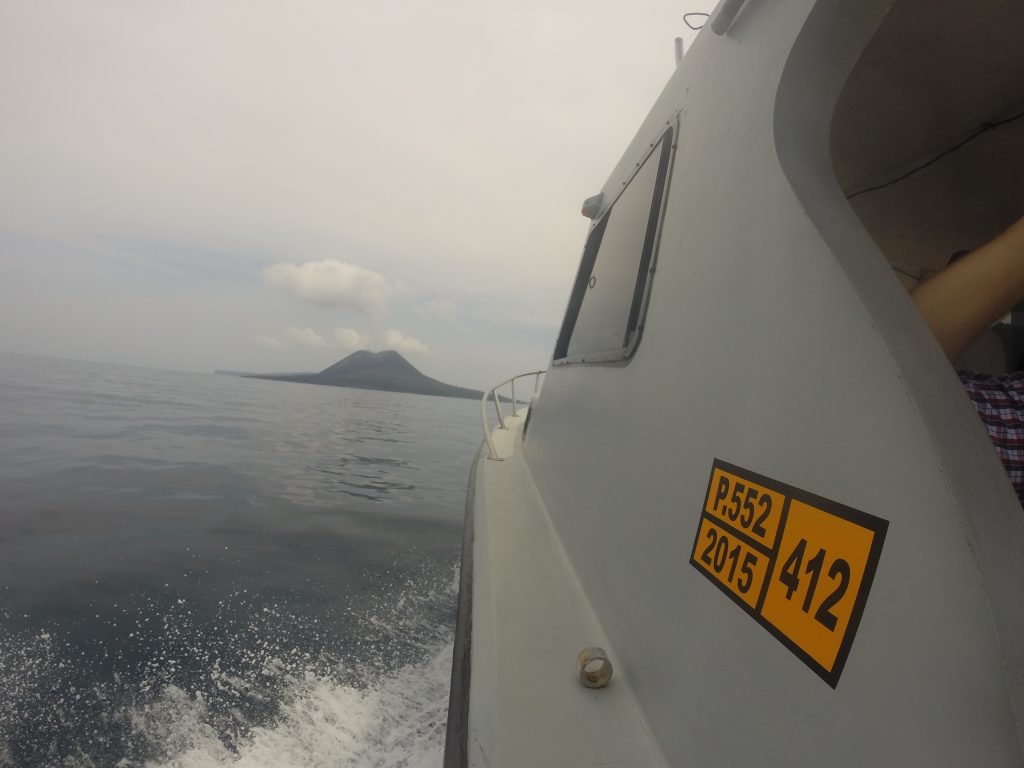
- Impressions
All in all, one of the most difficult thing (and quite annoying at first) was not knowing what time it was. In fact it made realize that in a regular day I unconsciously look at my phone very often just to know what time it is. And as I don’t wear a watch, I had no other option that either ask someone for the time, or not care at all about it.
During that day, I really liked not having to worry about things such as where to find a power outlet to charge my phone or checking my mails/messages. I think it helped me enjoy my trip even more.
I noted that I found myself quite a number of times tapping my shorts’ pockets to see if I had my phone and then remembering that I had left in my friend’s purse. This gave me mixed feelings, on the one hand I felt very liberated and free but on the other hand I also felt quite vulnerable.
